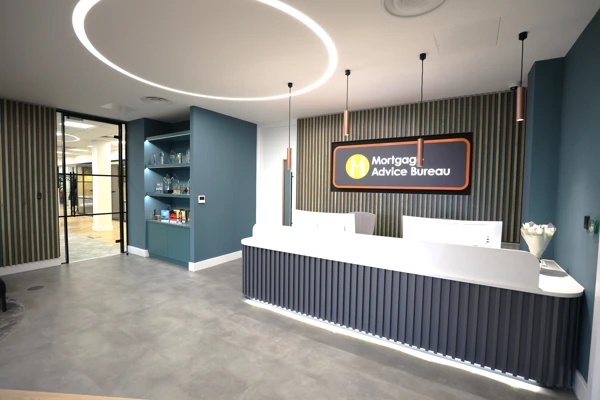Capital Markets Day
MAB held a Capital Markets Day in London on 5 February.
For investor materials please contact [email protected]

Stock information
Mortgage Advice Bureau (Holdings) PLC
2024 Annual Report
An exceptional performance despite challenging market conditions.


Operational Highlights
Clarity and confidence is paramount at MAB, both for our customers and our investors. Explore our latest financial results, including revenue and profitability, below.
1 In addition to statutory reporting, MAB reports alternative performance measures ("APMs") which are not defined or specified under the requirements of International Financial Reporting Standards ("IFRS"). The Group uses these APMs to improve the comparability of information between reporting periods, by adjusting for certain items which impact upon IFRS measures, to aid the user in understanding the activity taking place across the Group's businesses. APMs are used by the Directors and management for performance analysis, planning, reporting and incentive purposes. A summary of APMs used and their closest equivalent statutory measures is given in the Glossary of Alternative Performance Measures.
Business Model
MAB has long term strategic partnerships with its ARs, that are forward thinking and want to grow their business.
Regulatory
News
Stay up-to-date with the latest happenings at Mortgage Advice Bureau. We'll keep you informed about new products, services, events, and industry news.
Alert
Service
Please follow the instructions below if you wish to be alerted about significant changes to the content of this site.
Podcast: regulation, housing and lending market developments
Join Robert Sage, Research Analyst in the Financials team at Peel Hunt, and Ben Thompson, Deputy Chief Executive Officer at Mortgage Advice Bureau, as they discuss recent regulatory and legal developments, and trends in the housing and lending markets.
Podcast with Vox markets
Ben Thompson, Deputy Chief Executive Officer at MAB talks markets, lead generation, technology, growth and regulation with Vox market.



